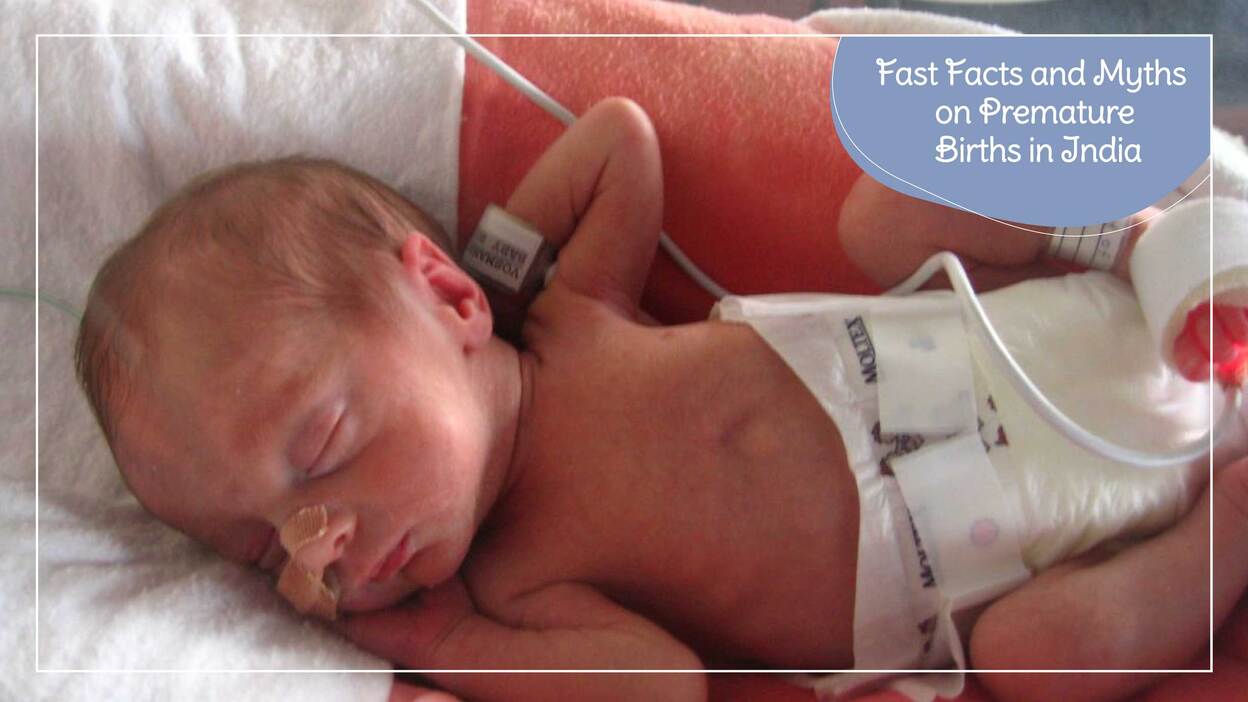The bond between a mother and her newborn baby is of utmost importance in Indian culture. Creating a safe and nurturing environment during birth can enhance this special connection. In this blog post, we will explore safe and healthy birth practices that are culturally relevant in India, fostering a strong baby-mother bond right from the start.
- Skin-to-Skin Contact (Kangaroo Mother Care):
- Embrace the tradition of Kangaroo Mother Care, which involves placing the newborn directly on the mother's bare chest.
- This practice helps regulate the baby's body temperature, improves breathing, and stimulates breastfeeding, promoting a deep emotional connection.
- Delayed Cord Clamping:
- Consider the practice of delayed cord clamping, waiting for a minute or until the cord stops pulsating before cutting it.
- This allows the baby to receive extra blood, important nutrients, and stem cells, promoting optimal growth and development.
- Rooming-In (Jappa):
- Embrace the traditional practice of Jappa, which involves keeping the baby close to the mother at all times.
- This fosters constant contact, breastfeeding on demand, and a strong emotional bond between mother and baby.
- Gentle Birth Practices:
- Incorporate gentle birth practices such as dimmed lighting, soothing music, and a calm environment.
- These practices help create a peaceful ambiance, reduce stress, and promote a positive birthing experience for both mother and baby.
- Supportive Breastfeeding Practices (Sakhya):
- Embrace the cultural practice of Sakhya, where experienced female family members or support persons provide guidance and support for breastfeeding.
- Encourage early initiation of breastfeeding, proper latching techniques, and frequent feeding sessions to enhance the emotional bond and ensure the baby's nourishment.
- Involvement of Partners and Family:
- Engage partners and family members in the birthing process to foster a sense of shared responsibility and strengthen the family bond.
- Partners can offer emotional support, participate in skin-to-skin contact, and actively engage in early bonding activities with the baby.
By embracing these culturally relevant birth practices, Indian mothers and families can create a safe, nurturing, and emotionally connected environment for the newborn. It is essential to discuss these practices with healthcare providers to ensure their integration into the birth plan.
Remember, each birthing experience is unique, and by honoring our cultural heritage while incorporating evidence-based practices, we can promote the well-being and emotional development of both mother and child.
References:
World Health Organization. (2003). Kangaroo mother care: A practical guide. Geneva: World Health Organization.
United Nations Children's Fund (UNICEF) India. (2018). Jappa - Traditional practices in neonatal care. [Link: https://www.unicef.org/india/what-we-do/jappa-traditional-practices-neonatal-care]
National Health Portal of India. (2018). Breastfeeding practices. [Link: https://www.nhp.gov.in/disease/child-health/breastfeeding-practices]



